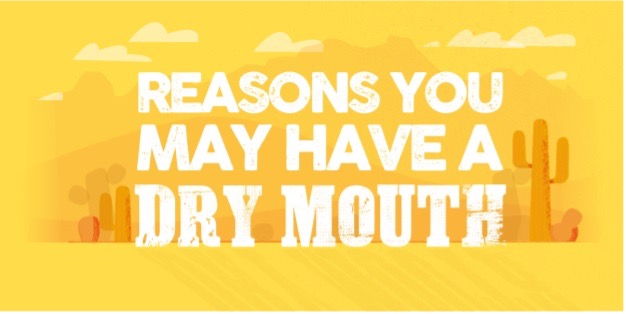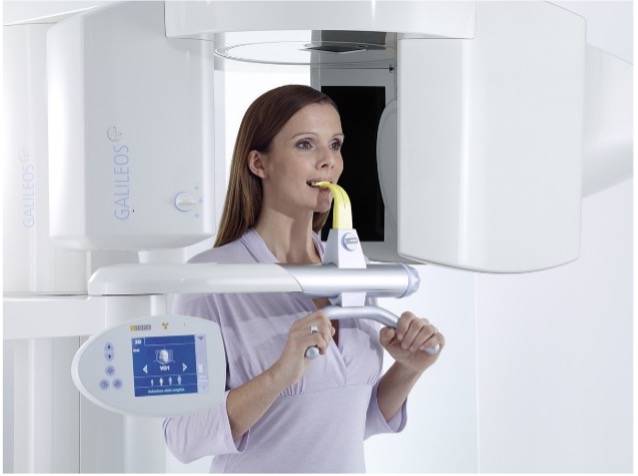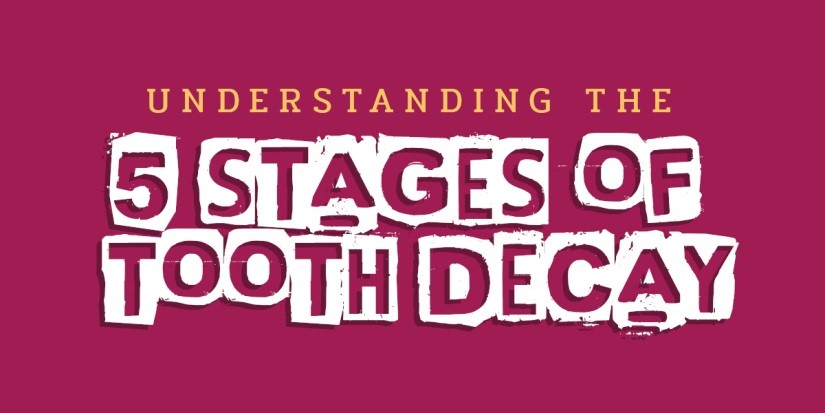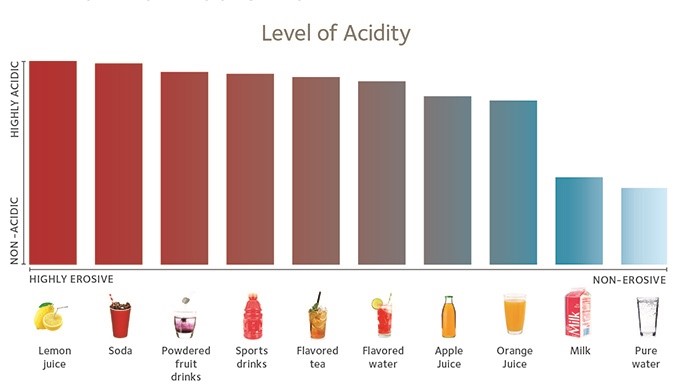Call: (608) 274-5474
Blog
- Gum Disease Not Only Means Losing Teeth | Nov,Dec 2022
- Reasons You May Have A Dry Mouth | July 2022
- What is a CBCT Scan | May & June 2022
- Tips For A Younger Looking Smile | April 2022
- In Honor of National Dentists Day | March 2022
- Understanding the Five Stages of Tooth Decay | February 2022
- How To Quickly Treat Cold Sores | January 2022
- Erosion: What You Eat and Drink Can Affect your Teeth/ Nov, Dec. 2021
- How Your Medications Can Affect Your Oral Health | October 2021
Gum Disease Not Only Means Losing Teeth | Nov,Dec 2022
Gum Disease Not Only Means Losing Teeth/ Nov-Dec 2022
Infected gums have a direct entry point to your bloodstream. Chronic infection also increases the inflammatory burden on your body. Studies have traced pathogens that lead to gum disease to the same pathogens known to cause other systemic inflammation and illness.
Gum disease (periodontitis) is a source of chronic inflammation that continually stresses your immune system. The more sources of inflammation you have, the greater risk for heart disease, type 2 diabetes, respiratory disease, inflammatory driven dementia, Alzheimer’s disease, colorectal cancer, pre-term births, and low birth-weight babies.
We now offer treatment for this chronic inflammation with the use of the Perio Protect Method, utilizing a custom fitted and non-invasive Perio Tray with a customized sealing system that delivers medication deep into periodontal pockets where toothbrushes, rinses, and floss fail to reach.
These customized trays end the cycle of disease by extending treatment from the dental chair to the comfort of home. We have seen excellent results in the office and urge you to ask us about it. (Above information is courtesy of perioprotect.com).
Reasons You May Have A Dry Mouth | July 2022
Reasons You May Have A Dry Mouth/July 2022

But what do you do when you find yourself constantly needing to wet your whistle?
There are numerous reasons you could be suffering from dry mouth. Below are the top five.
· Physiologic
Sometimes having a dry mouth is just a normal part of life. Temporary anxiety, open-mouthed breathing, mild dehydration, menopause, pregnancy, and decreased saliva due to sleep are all normal causes of dry mouth. However, if you consistently notice yourself doing open mouth breathing or having problems with snoring during sleep, you may have an airway problem.
· Prescription medication
Sixty-three percent of the top 200 most commonly prescribed drugs in the U.S. are known to cause dry mouth. And the higher the number of medications a person takes, the higher the chance of dry mouth.
As we age, we tend to experience more instances of dry mouth. It’s not necessarily age-related, but our consumption of medication may cause this side effect.
· Habitual use of alcohol and tobacco
Use of any of these products will dry out the oral cavity.
Please drink in moderation, and make sure to up your water intake when you imbibe. As for tobacco, we always recommend quitting as soon as possible.
· Chronic Disease
Diabetes, Sjogren’s disease, Sarcoidosis, and Hepatitis C can all cause dry mouth.
· Psychogenic or Idiopathic
When symptoms are present without an identifiable cause (idiopathic), or because of psycho-logical causes (psychogenic), they can be difficult to diagnose.
If you find yourself with a persistent, unidentifiable case of dry mouth, you should make an appointment. Call us @ 608-216-2614
Figuring out which one is causing your dry mouth is so important because a dry mouth has a big effect on your dental health. Saliva is so important for swishing away bacteria. There are now a number of products available over the counter that can be used to counter the problems of dry mouth. We also can recommend professional products for more severe cases. It also may be necessary to come more frequently for professional teeth cleanings as the natural saliva flow which is so necessary for washing away biofilm decreases.
The dryer your mouth is , the more prone you are to cavities, bad breath, and gingivitis.
What is a CBCT Scan | May & June 2022
What is a CBCT Scan? /May, June 2022

Our patients here at Madsen & Hirsch Dental Care know that we are constantly receiving continuing education and keeping with all the latest that dentistry has to offer. We have recently installed a CBCT machine to add in diagnosis and treatment planning.
CBCT or Cone Beam Computed Tomography is a recent development in dentistry that allows dentists to evaluate the underlying bone structure, as well as the nerve pathways and surrounding soft tissues. Benefits of a CBCT image is that it provides accurate measurements including the shape and dimensions of your jaw. This is extremely important in developing a treatment plan for dental implants. The image allows for accurate location of the maxillary sinus and helps with selection of the right size and length of the implant for optimal stability, safety, and integration. However, the CBCT image is also useful for detecting hidden lesions of the jaw o that otherwise would not be detected, or identifying the precise location of an infection in your tooth. We are also able to see images of the temporomandibular joint and airway passages which aid in diagnosis of joint pain and sleep disorders.
During a CBCT scan, the machine rotates around your head in less than a minute, capturing about 150-200 images from a variety of angles and then compiled into a single 3D image. The scans are quick and easy and safe, producing significantly less radiation that a traditional CT scanner.
The machine is also capable of 2D x-rays such as panoramic x-rays and extra-oral bitewing x-rays, which are helpful for people with severe gag reflexes or have bony tori in the mouth that make traditional x-rays uncomfortable.
You will most likely need a CBCT image taken if you are considering dental implants. A single scan can show potential dental issues such as tooth decay, bone loss, fractures, periodontal disease, and irregularities of the of the joints, are problems with existing teeth. These are all important issues in designing your treatment plan.
Tips For A Younger Looking Smile | April 2022
 THERE ARE COUNTLESS methods we use to try and turn back the clock on our appearance. Whether it’s hip wardrobes and hairstyles or costly cosmetic surgeries, people go to great lengths to recapture the look and feeling of their youth.
THERE ARE COUNTLESS methods we use to try and turn back the clock on our appearance. Whether it’s hip wardrobes and hairstyles or costly cosmetic surgeries, people go to great lengths to recapture the look and feeling of their youth.

Despite all of these anti-aging fads and gimmicks, studies show your smile can do more to make you look younger than anything else!
In Honor of National Dentists Day | March 2022

Understanding the Five Stages of Tooth Decay | February 2022

Stage One: White Spots
In stage one, the tooth begins to show signs of strain from the attack of sugars and acids, and white spots will begin to materialize just below the surface of the enamel. These white spots are representative of the demineralization of the tooth and can be easy to miss because they’re likely to occur on your back molars. A dental exam, of course, is designed to catch such cavities! Can you see why regular visits to the dentist are recommended? As mentioned previously, at this stage, the cavity can be repaired without the need to excavate the tooth. The dentist and the hygienist are trained to spot these areas and will notify and educate you about how to prevent the weak spot from progressing.
Stage Two: Enamel Decay
Stage two marks the beginning of the end for the surface enamel that is being attacked. Initially, the tooth erodes from the underside outward, so the outer enamel will still be intact for the first half of this second stage. Once the cavity breaks through the surface of the enamel, there is no turning back, and you will need to have the cavity corrected with a filling. This is why it is critical to have regular exams. When the tooth is at this stage you still may not notice the break in enamel. The filling will be small at this point if detected early.
Stage Three: Dentin Decay
If a cavity in your mouth were to progress beyond stage two without you knowing, you’d tend become aware of it when it started to hit stage three because it would probably start to cause some pain. At this level, the cavity begins to eat away at the second level of tooth material that lies beneath the enamel: the dentin. A filling can still be used to stop the onslaught of bacteria assaulting the tooth in order to prevent the cavity from reaching the tooth’s most critical component: the pulp.
Stage Four: Involvement of the Pulp
Once the cavity reaches the pulp, it’s going to hurt- A lot. Or, the tooth may be so weakened, it fractures or breaks. So if you’ve unfortunately missed all the signs to this point, instead of a small filling or a reversible spot, your tooth may become an emergency situation for you. Stage four is serious, and a root canal is the only option of treatment at this stage, save for a complete extraction. Fortunately, due to advances in dentistry, both of these procedures can be done comfortably for you, but at a much greater expense than preventive measures.
Stage Five: Abscess Formation
In the fifth and final stage of a cavity, the infection has reached the tip of the root and exited the tip of the tooth’s structure. This in turn infects the surrounding tissues and possibly the bone structure. Swelling would be commonplace and pain severe. An abscess can be fatal if not dealt with immediately. Root canal or extraction would be the order of the day should decay reach this stage. You need to call the office right away if this happens so you can be evaluated and most likely prescribed antibiotics.
As you can see, cavities don’t happen overnight. In the early stages, regular visits can stall and reverse the progression of these dastardly little devils, so it really does pay to visit the dentist at pre-selected intervals. You and your children can stay away from stage five their whole lives, and if a little bit of prodding to get them to the dentist accomplishes that, you can rest easy despite the griping. And don’t think cavities are just for kids. Older adults often end up with recurrent decay around old fillings or crowns due to inadequate oral hygiene, dry mouth due to medications, or other health factors. So remember the old adage you have often heard: Prevention is the Best Medicine.
How To Quickly Treat Cold Sores | January 2022

Erosion: What You Eat and Drink Can Affect your Teeth/ Nov, Dec. 2021

Sugar isn’t the only dietary factor that can damage your smile. Now that we are entering the Holiday Season, it’s a good time to think of what we are eating and drinking. Foods and beverages that are high in acids wear away the enamel that protects your teeth, a process known as tooth erosion. This changes the appearance of your teeth and opens the door for bacteria that can cause cavities or infection.
What Does Tooth Erosion Do to My Teeth?
Tooth erosion is permanent. If your enamel has started to wear away, you may:
- Feel pain or sensitivity when consuming hot, cold or sweet drinks
- Notice a yellowish discoloration of the teeth
- Find that your fillings have changed
- Face greater risks for more cavities over time
- Develop an abscess, in very extreme cases
- Experience tooth loss, also in very extreme cases
Once erosion occurs, you may need fillings, crowns, a root canal or even tooth removal. Veneers may also be an option to restore the look of your smile.
Acidic Foods and Beverages to Watch For
Here’s a quick tip: If what you’re eating or drinking is citrus or citrus-flavored, carbonated or sour, it’s best to limit how much you consume.
Nutritious, acidic foods like tomatoes and citrus fruits can have some acidic effects on tooth enamel, so eat them as part of a meal, not by themselves. Dried fruits, including raisins, can also cause problems because they are sticky and adhere to teeth, so the acids produced by cavity-causing bacteria continue to harm teeth long after you stop eating them.
Still, the major erosion culprit is soft drinks, especially soda and sports drinks. Even if they are sugar-free, they are more likely to be acidic thanks to carbonation. That bubbly fizz raises the acid level of any drink, regardless of its flavor.
Acid in beverages can also come from citrus flavorings such as lemon, lime and orange. Even all-natural beverages like orange juice or fresh-squeezed lemonade are higher in acid than regular water, so make them an occasional treat instead of a daily habit.
And speaking of treats, some sour candies are almost as acidic as battery acid, and many use citric acids to get that desired effect. If you like a little sour with your sweet tooth, please pucker in moderation.
Tips for Protecting Your Teeth
You can reduce tooth erosion from what you eat and drink by following these tips:
- Wait an hour before you brush after eating acidic foods to give your saliva a chance to naturally wash away acids and re-harden your enamel.
- Limit – or avoid – acidic beverages like soft drinks. If you do indulge, use a straw.
- When drinking something like a soft drink, do not swish or hold it in your mouth longer than you need to. Just sip and swallow.
- After acidic meals or beverages, rinse your mouth with water, drink milk or enjoy a snack of cheese right afterward. Dairy and other calcium-rich foods can help neutralize acids.
- Saliva helps keep acids under control. To keep your saliva flowing and protecting your teeth, chew sugarless gum with the ADA Seal of Acceptance.
- Look for dental health products with the ADA Seal of Acceptance. This means the product is safe and effective, and some have been awarded the ADA Seal specifically because they help prevent and reduce enamel erosion from dietary acids.
- Talk to your dentist. Your dentist can explain the effects of nutritional choices on your teeth, including the various foods and beverages to choose and which ones to avoid. Knowing all you can about the effects of what you eat and drink on your teeth can help keep your smile bright over a lifetime.
How Your Medications Can Affect Your Oral Health | October 2021


